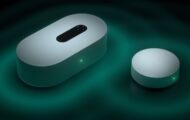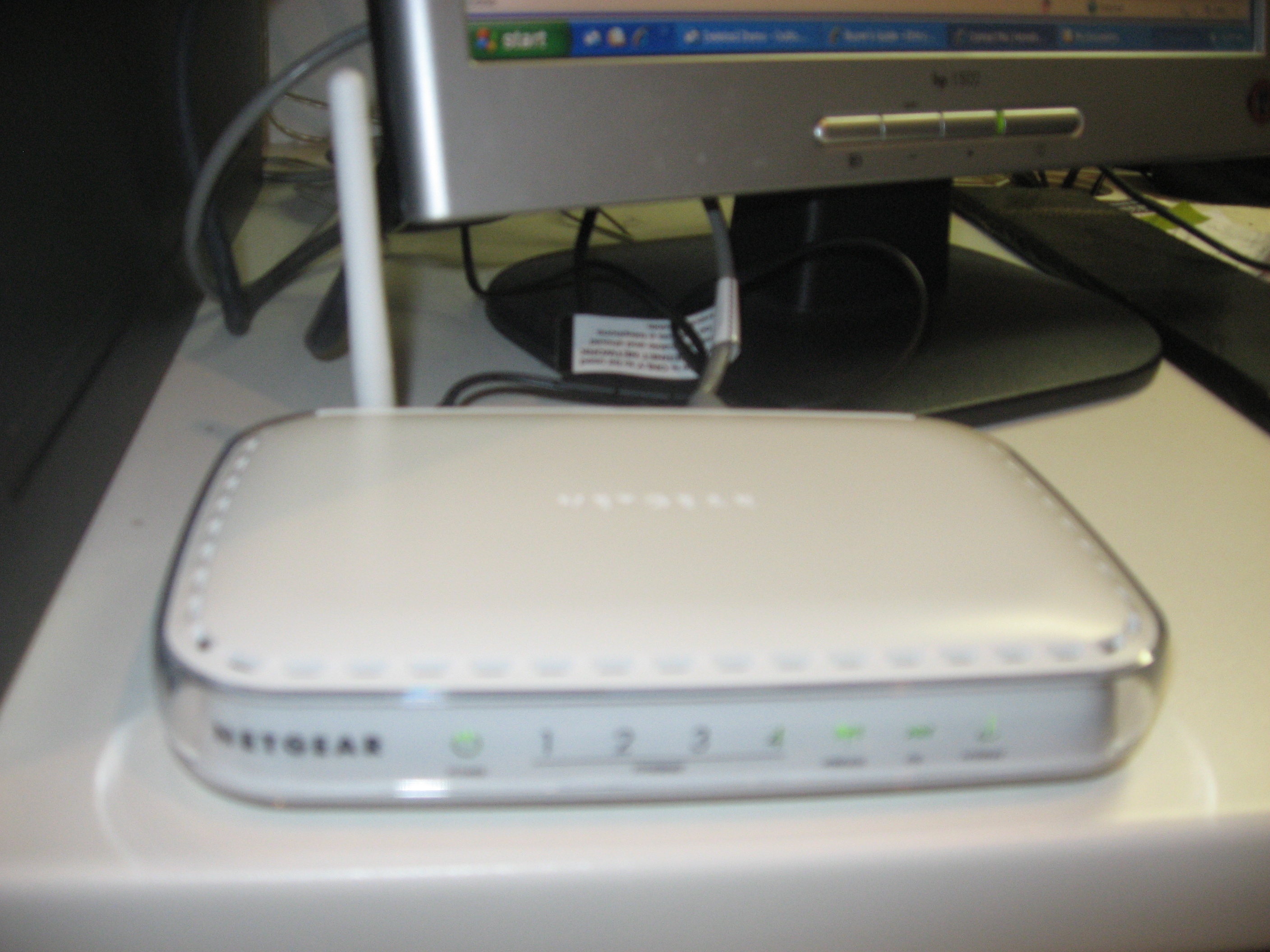If you want to have your HomePlug network segment working properly for you and your needs, you will need to be able to manage it properly. This article talks about how to connect the HomePlug devices for best results and how to organise the devices in your HomePlug segment for privacy or improved network performance.
Understanding the typical AC supply
A mains “phase” typically describes a single standard-voltage AC circuit from the street transformer through to your premises. In a typical residential power service, where the general-tariff power passes through one electricity meter, all the power outlets are on the one phase. Most US residential installations have two phases due to the low standard voltage but HomePlug has been designed to work around these installations.
The electricity meter for a typical household AC supply is considered a “firewall” for the HomePlug network segment that operates on that supply because of the way it works. This may be a problem for a multi-building home network where there is another building like a bungalow that is metered separately.
Electrical accessories and the HomePlug network
For best performance, you should have the HomePlug devices plugged directly in to the power outlets. But this is not always feasible due to distance from the outlets or the number of outlets available near the device.
An extension cord can be used for a HomePlug setup as long as it is of the right type. For short runs up to 10 metres, you can use the regular domestic extension cord that is typically used for the vacuum cleaner or portable radio. You will need to use “tradesmen-grade” or “caravan” extension cords for longer runs. As well, daisy-chained extension cords may not be beneficial to the HomePlug signal.
As far as powerboards / power strips and “double adaptors” are concerned, make sure that the HomePlug device is connected to one without surge-suppression or line-conditioning technology. On the other hand, you could use one equipped with surge-suppression or line-conditioning technology if it has an outlet that is marked “HomePlug” and you plug the HomePlug device in to that outlet. You can also get around this problem by plugging your HomePlug device in to one of the outlets on a regular powerboard and plug a surge-suppressor powerboard which has your computer equipment in to another of the outlets of the regular powerboard. A recent-issue HomePlug-Ethernet bridge that has a built-in power outlet or one of the surge-suppressor powerboards which have integrated HomePlug-Ethernet bridge functionality can solve the problem very easily.
Managing your HomePlug network
The network is typically managed with software that is supplied with your HomePlug hardware. This is usually in the form of a configuration tool, typically a version of “PowerPacket” for most operating systems. In some cases, you may have to download the software from the device manufacturer’s Website. Infact, the Solwise website has most of the software available for nearly all of the operating systems.
On the other hand, some devices, typically HomePlug wireless access points and routers can be managed by logging in to a particular Internet address, similar to managing an Internet router.
A recent trend that has emerged is for HomePlug AV devices to implement “SimpleConnect” which uses push-button control to enrol devices to a HomePlug network segment.
HomePlug Device Identifier
This value is unique to each device and is known as a Device Password in a HomePlug 1.0 network. This information is typically printed on a label that is attached to the HomePlug device itself, alongside the MAC address for that device. It may also be attached to the device’s packaging.
HomePlug Network Segment Identifier
This identifier, usually set to “HomePlug” but can be set by the user to a different value, is known to the devices that are part of a HomePlug network segment. It is typically known as a “Network Password” for both the HomePlug 1.0 or “Private Network Name” for some HomePlug AV networks and can allow multiple HomePlug network segments to exist on the one mains phase.
Configuring a Network Segment To A Particular Identifier
You will have to obtain the Device Identifiers from each of the HomePlug devices that are to be part of the Network Segment that is having that identifier. Then, make sure that they are plugged in to the AC supply and can be seen by the HomePlug device you are doing the configuring from. This can be checked using your configuration software that has come with that HomePlug device.
Add all the devices to your network by entering their Device Passwords in to the configuration software. Then go to the “Privacy” or similar option and set the Network Password for all devices that are on your network to make the segment
If the devices use HomePlug AV SimpleConnect, you just need to press the button on the device which is a member of the segment you want to enrol your other device in, then press the button on the device that is to be enrolled.
What you can do
“Pushing out” a HomePlug installation
As I have mentioned before in my feature article on multi-building home networks, you may have to “extend” your HomePlug network if you can’t get proper network operation on some of the mains circuits such as in remote buildings.
This involves creating two different HomePlug segments, with each segment having at least one HomePlug-Ethernet bridge on the same mains service. Then the Ethernet connection from a bridge associated with one HomePlug segment is connected to the Ethernet port on the bridge associated with the other HomePlug segment. These can be connected directly or via an Ethernet switch so one can run network devices from the Ethernet link.
The above setup would then have to be deployed halfway between the HomePlug devices that are trying to communicate such as in an outbuilding nearest the main house like a garage.
HomePlug AV and 1.0 in the same premises
HomePlug 1.0 and AV can exist on the same mains service but will work as separate network segments in a manner which doesn’t compromise their bandwidth. The separate network segment issue can be mitigated with a Ethernet bridge device from each technology connected to each other or to the LAN ports of a router or Ethernet switch.
Conclusion
Once you know how to understand and manage the HomePlug powerline network, you can gain a lot more out of this technology and make it work well in your building.




Hi,
nice article.
Just wondering if you have verified roaming between multiple PL-85PEW devices and also between a wireless access point on the ethernet port of PL-85PE within the same network.
My experience of this is that it does not work as it should.
It appears that the mobile device just drops out of coverage and does not associate with another access point.
Unlike similar setups which use purely ethernet for the backbone.
I’d welcome your comments on this setup.
thanks
Mike